
3 minute read
Vermilion 4-H Beef Club Update
from 962

Hannah Selte and Halle Lehmann
Advertisement
Submitted
The new 4-H year started off on October 11, 2022 with many old and new faces in attendance. We want to thank Webbs for allowing us use of a space for meetings, as without such donations many clubs wouldn’t be able to function. This will mark the Club’s 53rd year and it is turning out to be a great one. This year there are Thirteen registered members and an amazing nine cleaver members coming up.
In November the members all brought their project animals to Rusty Stalwicks for weigh-in, where the animals are all retagged with 4-H tags and weights recorded for progress tracking. The members will be showing these animals at the Vermilion Fair Grounds on May 27-29 with the steer sale on May 29 after the championship class.
December was a very fun month. The Cleaver members had a tour of the Lakeland College’s new Dairy Barn, while cows were being milked. The highlight was the baby calves and watching the milking. The whole group had a Christmas party in which Food bank donations were collected and a Chinese gift exchange brought out every - one’s competitive side.
January saw the members working on the 4-H motto “Learn to do by doing”, taking guest speaker Charlotte Wasylik’s public speaking presentation and putting it into action. Each of the members and Cleavers wrote and presented their speech or presentation to a panel of judges on January 27 at Lakeland College’s Mead Building. Congratulations to each of the members. This is a hard requirement for all 4-H members and is a great achievement for all just on completion. Acknowledgment to our winners who will be able to proceed now to District’s on Feb 26: Junior 1st Laytyn Pulyk, 2nd Edge Lehmann; Jr Presentation 1st Walker Westman; Intermediate 1st Paetyn Herzog, 2nd Halle Lehmann; Int. Presentation 1st Taylor Farkash and Jalynn Westman; Senior 1st Rylan Lehmann, 2nd Raylee Martin. Good luck to everyone at Districts!!
Next up for the club is special events such as you Be the Judge Feb 4 at Lakeland College, Curling and more learning centered field trips. The Club will also be doing a bottle drive this year for a fundraiser so let us know if we can come help you clean up your garage!
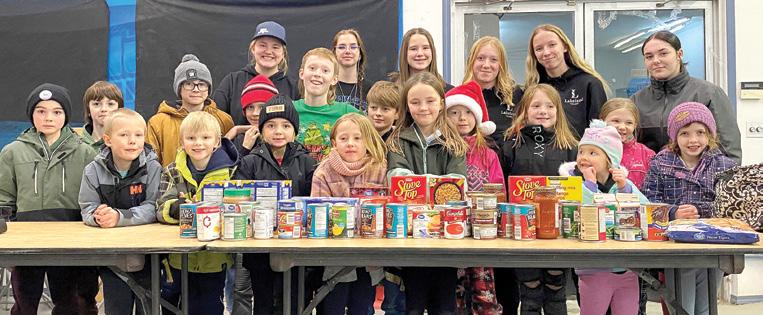
Calf 911- When And How To Assist With A Difficult Birth

BCRC
Submitted
Most experienced producers can think of at least one instance when they were baffled by an unusual calving. Twins, backwards calves and other malpresentations can be very confusing and even overwhelming when you are on your own and doing your best to quickly solve a problem calving.
Advances in breeding and genetics, along with management and nutrition, have moved us ahead of the days when pulling calves was commonplace. But as is the case with anything involving a biological process, there are always anomalies and abnormalities.
Findings through the Western Canadian Cow-Calf Surveillance Network reported that the average level of assisted calving within herds was 4.9%. While that number may look small, 90% of producers assisted at least one calf during the previous calving season. Calving difficulties (dystocia) do occur and can have profound impacts on the bottom line.
LEARN MORE:
BCRC’s Calving & Calf Management webpage

Calf 911 videos & checklists
When and How to Intervene
Intervening at the wrong time during calving can result in unnecessary stress, injury or even death of the cow and/or calf. Producers should be familiar with the normal sequence of calving. Every scenario is different, however once a water bag appears, a calf should hit the ground within one hour for cows or up to one and a half hours for a first-calf heifer.
A calving decision tree was devel - oped in partnership with Manitoba Beef & Forage Initiatives (MBFI). It is a visual tool that can be used to help identify what the process of calving should look and feel like. The flow chart can also assist with step-by-step decision making when calving is not progressing normally. This information can help in making informed decisions and aid in communicating vital information to veterinary staff if veterinary care is required.
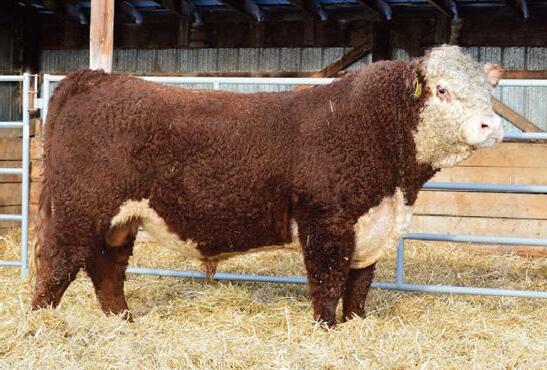

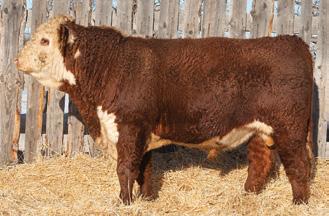

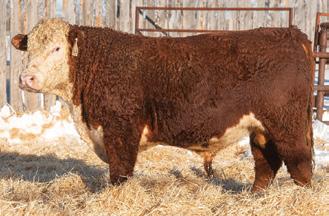
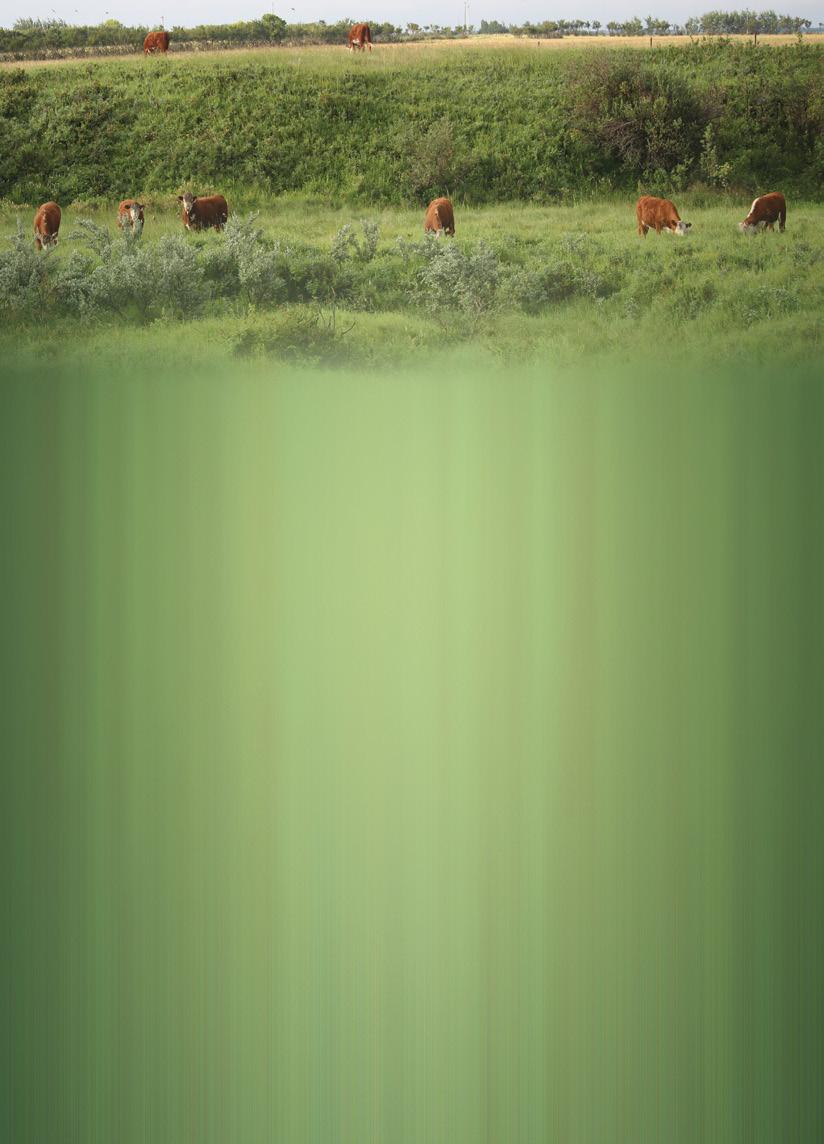
The flow chart follows the cow from the first stage of labour when subtle changes in behaviour and physical appearance first begin and progresses through until the calf is born. If signs of distress or abnormal presentations occur, steps for assessment and interventions are presented.
Timelines are also provided so that the cow is not allowed to labour too long, allowing for intervention to be sought out in time for a positive outcome for both the cow and calf. Timely assistance results in a 9% increase in the number of animals cycling at the onset of the breeding season and a 14% increase in the fall pregnancy rate. Furthermore, timely assistance will increase the chance of a live calf if a cow does have dystocia.
When planning for calving season, the calving decision tree is an excellent resource to keep close at hand, in the barn and with your calving supplies. If a cow needs assistance, it is helpful to have easy and quick access to simple and accurate information when and where you need it.
Thank you to the BCRC for allowing the reprinting of this article. www. BeefResearch.ca











